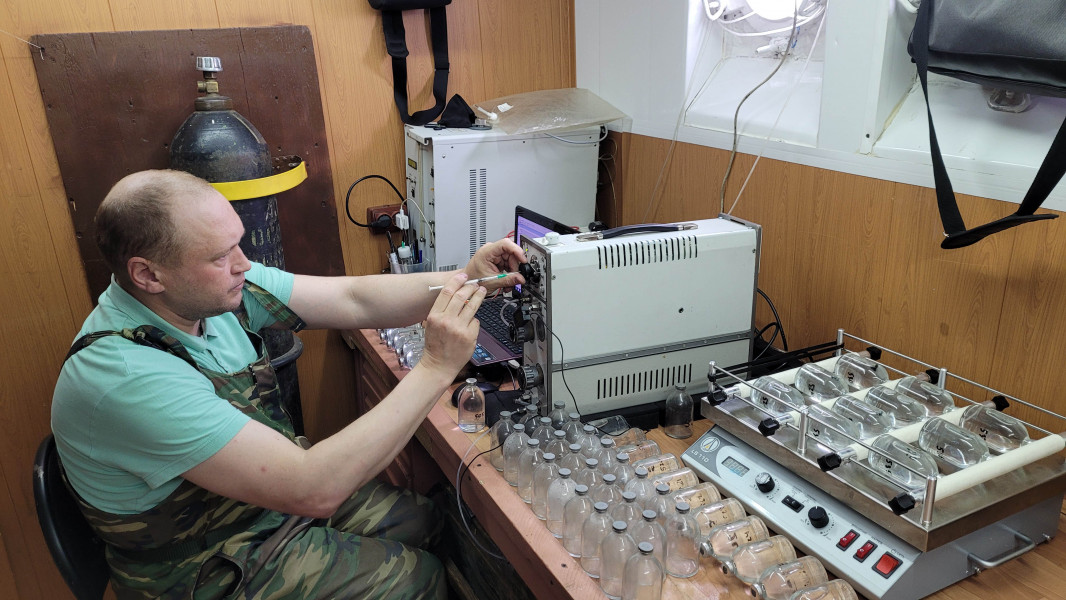Complex Circum-Baikal expedition on board the R/V “Vereshchagin” from May 29 to June 12, 2024
Field work was carried out within the State Assignments No. 0279-2021-0005 “Study of transformations of the state of water bodies...” (led by Fedotov A.P.), No. 0279-2021-0004 “Study of advective and turbulent water exchange...” (led by Aslamov I.A.), No. 0279-2021-0008 “From Cell to Ecosystem...” (led by Likhoshway Ye.V.), and No. 0279-2022-0004 “Assessment of ecologico-economical aspects of impact on Lake Baikal...” (led by Makarov M.M.).
The aim of the work was to carry out complex monitoring of abiotic and biotic components of the Baikal ecosystem during the preceding period of spring homothermia and to reveal regularities of their spatial-temporal dynamics; the experimental study of mechanisms and processes affecting the distribution and circulation of matter in the water column, taking into account temperature-density anomalies of deep natural waters under the conditions of current climate change, the study of the distribution and transfer of physical and chemical (oxygen, biogenic elements) characteristics in the water column, and water-atmosphere gas exchange.
Sampling was carried out according to a standard grid of stations at fixed horizons from surface to bottom using a Carousel SBE-32 sampler equipped with 24 bathometers with a capacity of 5 liters. Water samples were collected for chemical, metagenomics, and isotopic analyses, as well as for phytoplankton distribution and species composition. Phyto- and zooplankton samples were collected with a Juday net. The work was carried out according to a standard grid of stations in three hollows of the lake, as well as in Barguzinsky and Chivyrkuysky Bays and in Maloye More.
A total of 64 stations were covered, including:
- 26 stations of the longitudinal transect;
- 34 stations on cross-sections;
- 4 stations at the bays;
of these, water and phyto- and zooplankton sampling was carried out at 49 stations.
Besides, hydrochemical water samples were taken from 10 rivers: Goloustnaya, Buguldeika, Selenga, Anga, Turka, Barguzin, Tompuda, Rel, Tyya, and Verkhnyaya Angara.
Total number of samples:
- for hydrochemical analysis – 244 (lakes), 10 (rivers);
- to determine the methane concentration – 468;
- zooplankton – 112;
- for metagenomic analysis – 4;
- for isotopic analysis – 154;
- phytoplankton – 98 (water), 14 (net);
Samples for micro-pollutants were taken separately: 22 water samples and 3 phytoplankton samples were collected in the lake and 8 water samples were taken from the Tyya River.
Hydrophysical measurements were carried out at 63 stations using a high-precision CTD-probe SBE-25 with additional dissolved oxygen and transparency sensors. The minimum surface temperature was recorded at the stations 3 and 7 km from Cape Elokhin and was 1.85-1.93°C, the maximum temperature was observed in Chivyrkuisky Bay (7.84°C) due to warming of the shallow bay, and at the pelagic stations - central stations Goloustnoye-Babushkin and 7 km from Bolshye Koty (4.46-4.6°C) - due to upwelling.
The mean surface temperature by stations (except for Chivyrkuisky Bay) was 2.83°С.
The average transparency using the Secchi disk was 13.5 m. The minimum transparency was recorded at Maritui-Solzan station (9.5 m), Maritui-Solzan (9.5 m) and Cape Tonky (9 m), the maximum was at the central station Elokhin-Davsha (24 m).
With the main works along the course of the research vessel, surface temperature and water salinity were recorded; also, the gas bubble outlet was monitored using a hardware-software complex based on Furuno echo sounder with recording the data of echograms.
In the conditions of changing migration activity and structure of the feeding stock of Baikal omul, a hydroacoustic study of fish distribution in the pelagic zone of Lake Baikal was carried out. For this purpose, a hydroacoustic survey was carried out on 11 transverse transects with a total length of 393 km (218 n.m.), evenly covering the entire lake water area.
Soundings of the upper (100 m) layer with a JFE-Rinko CTD probe with additional sensors for oxygen, turbidity, fluorescence, Ph, Eh and PAR were conducted at selected stations.
Maintenance and repair works for agrometeorological stations were conducted on Maly Ushkaniy Island, near Elokhin Cape, and in the settlement of Uzury.




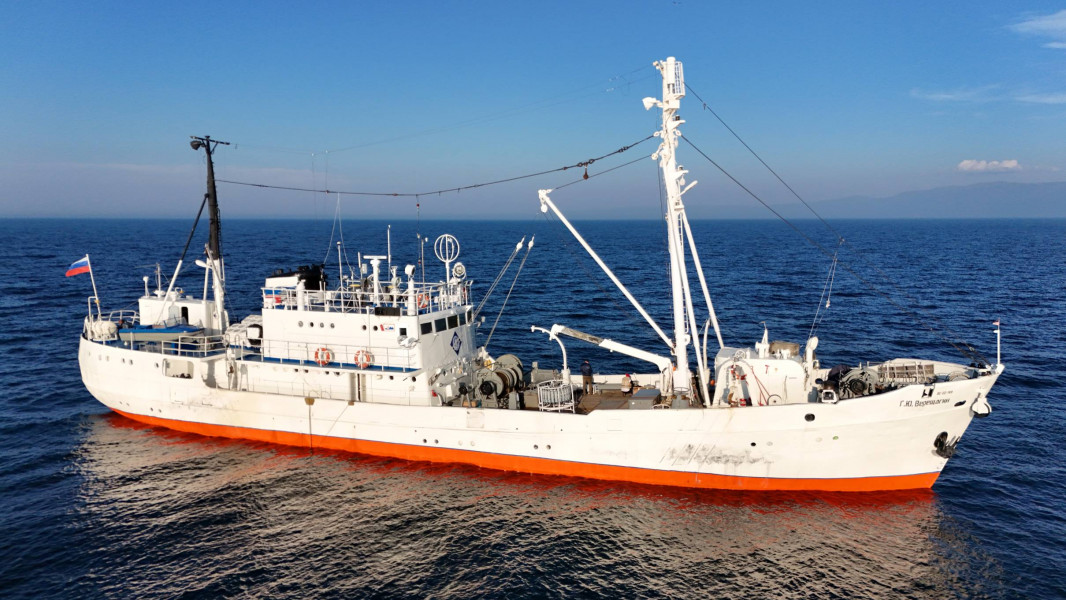
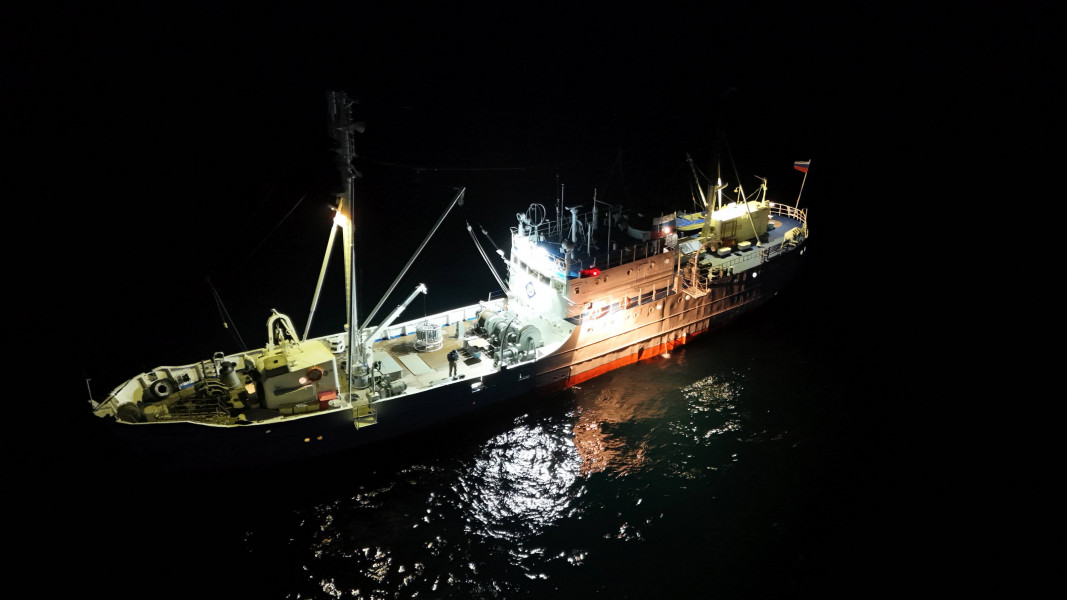
-364be0068b.png)
-1240bd4e75.png)
-7a9695c5fd.png)
-7fc5b81d9d.png)

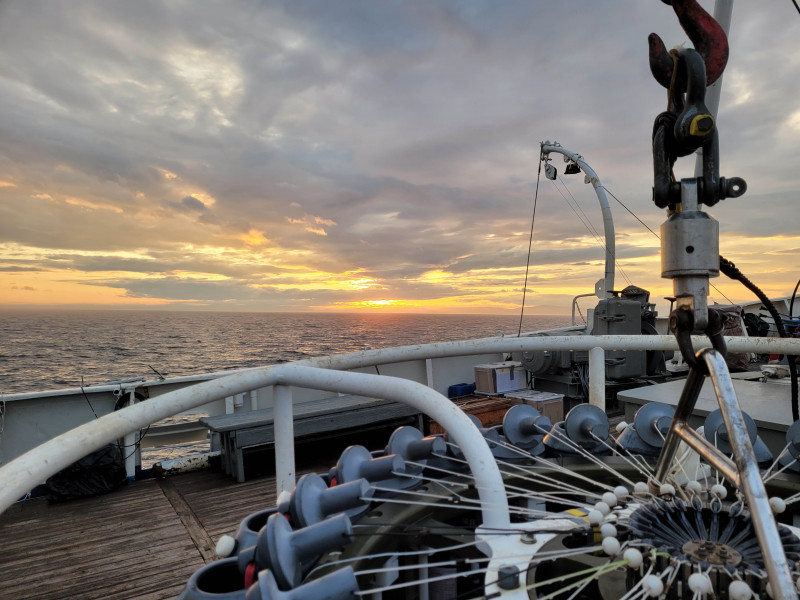
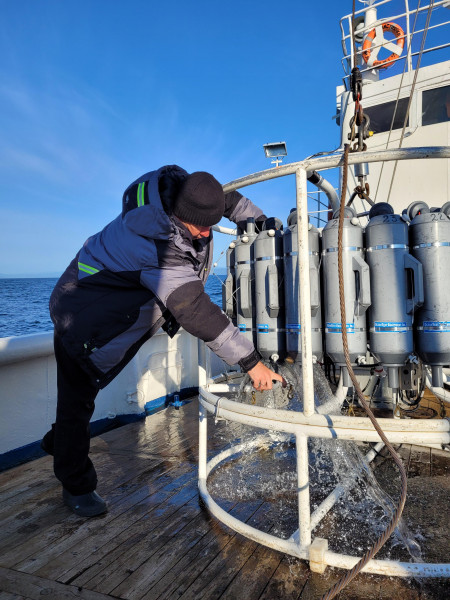
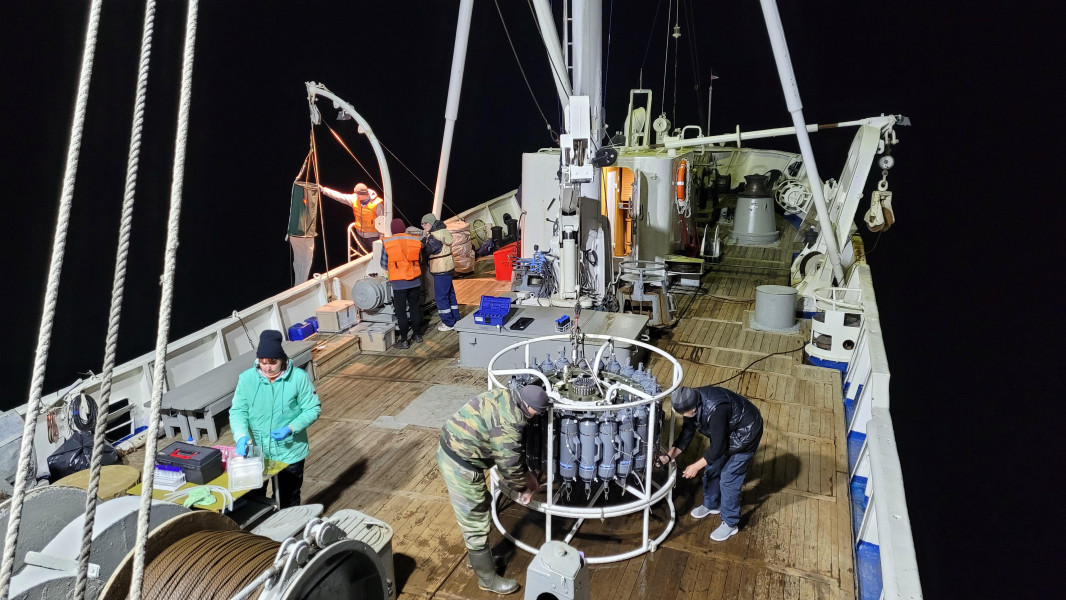
-2720ab950b.png)
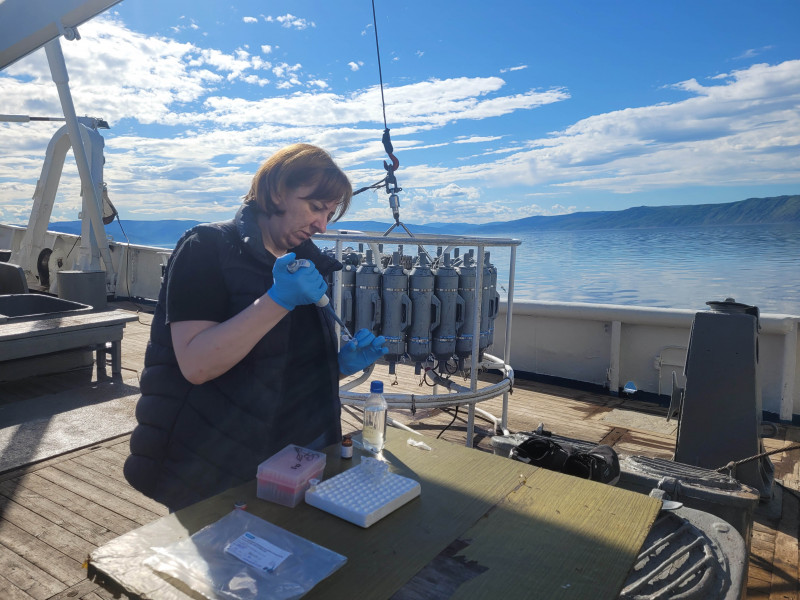
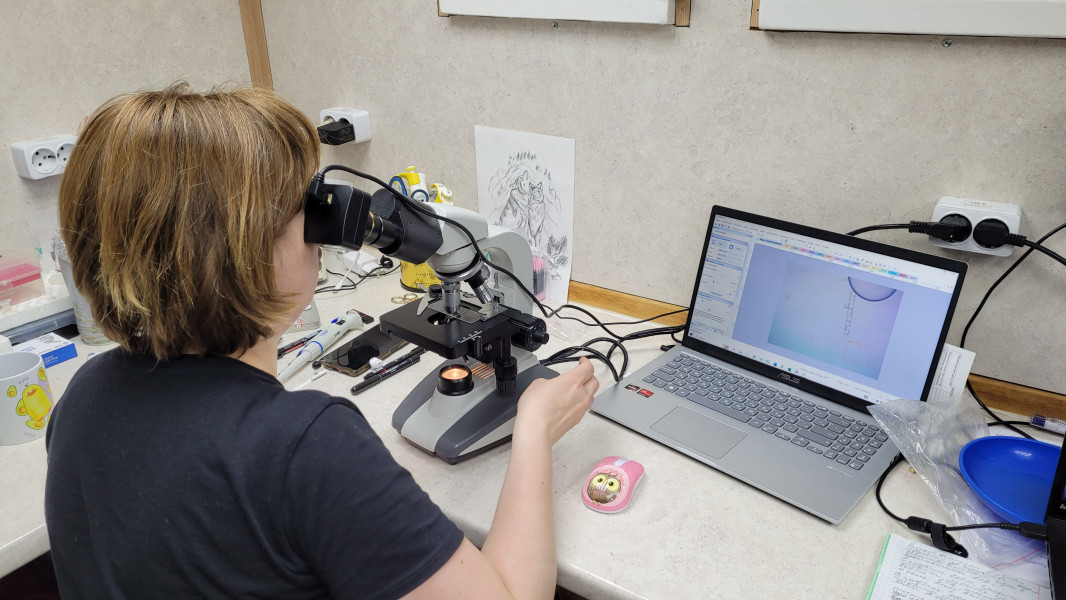
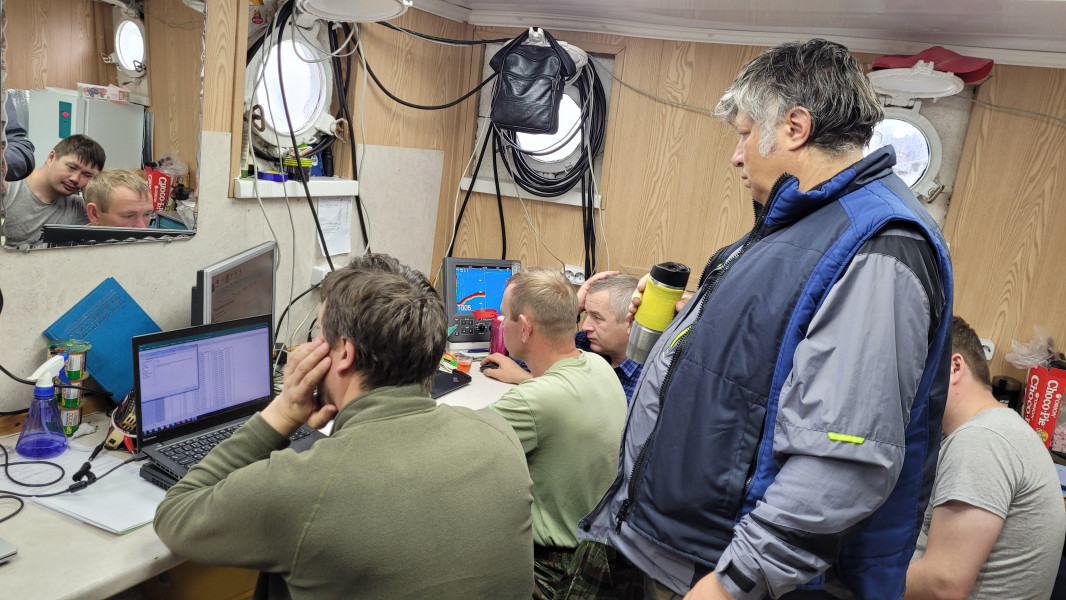
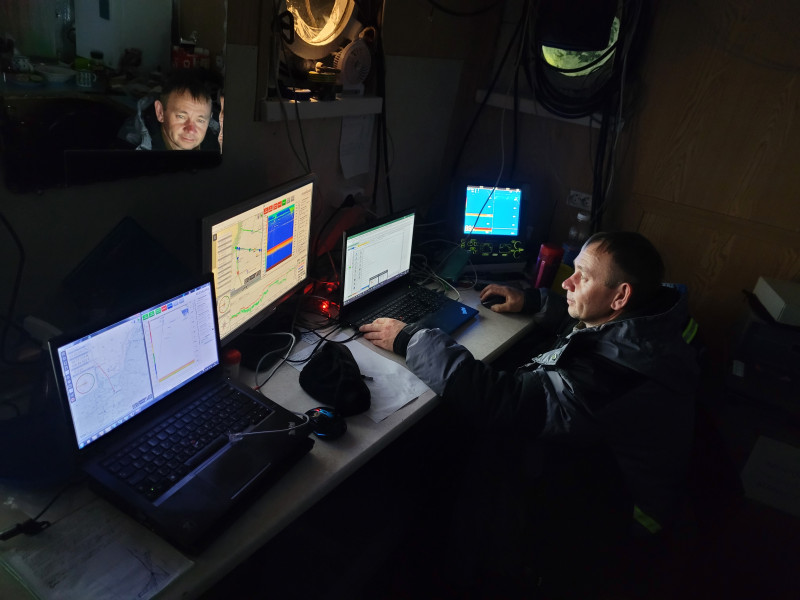
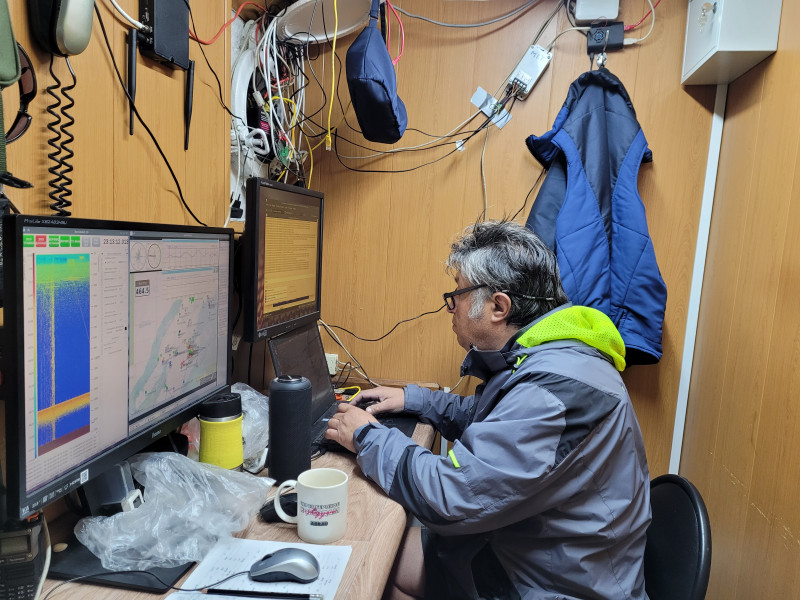

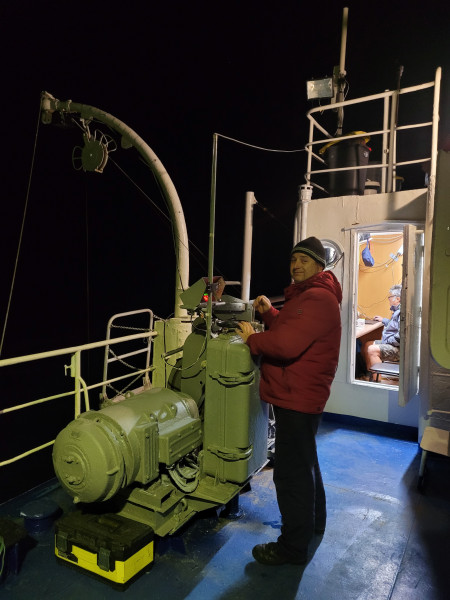
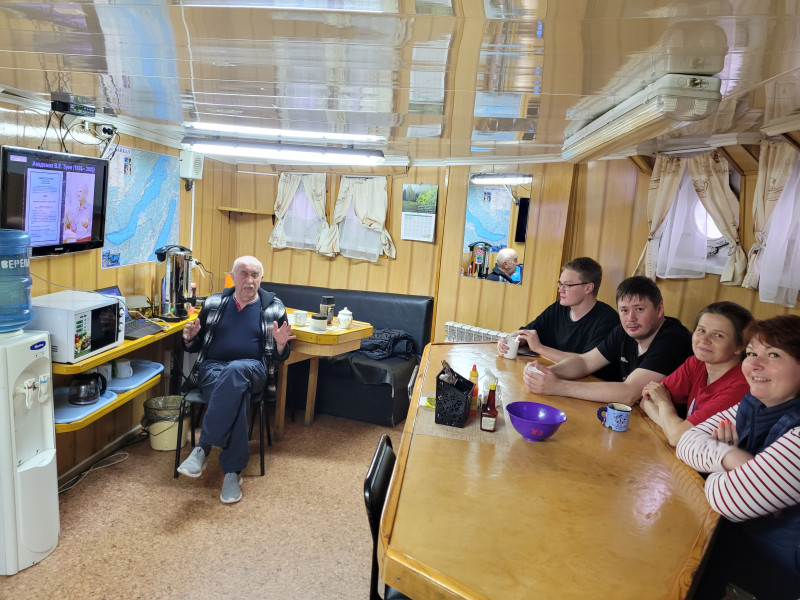
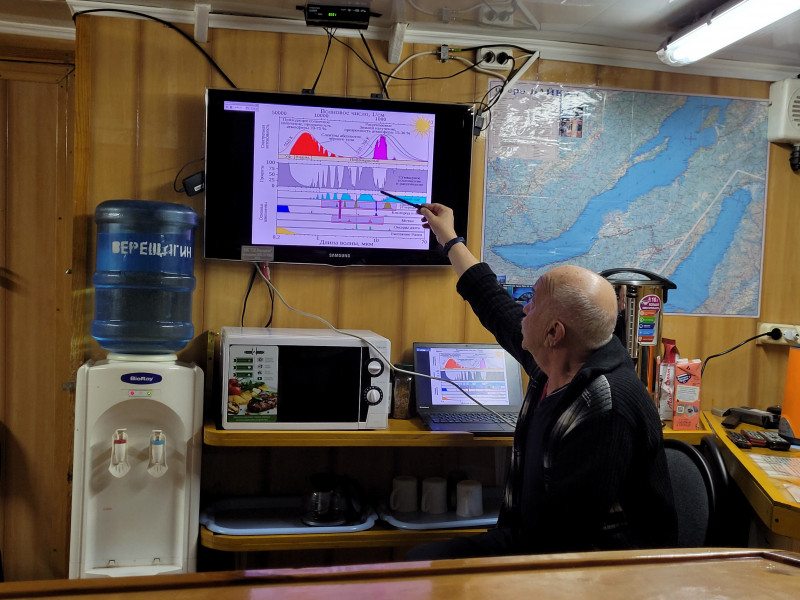
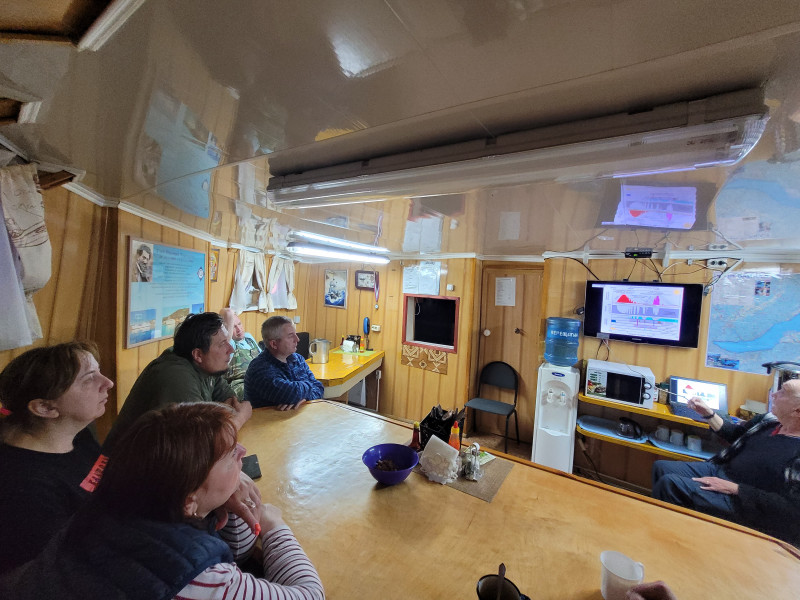
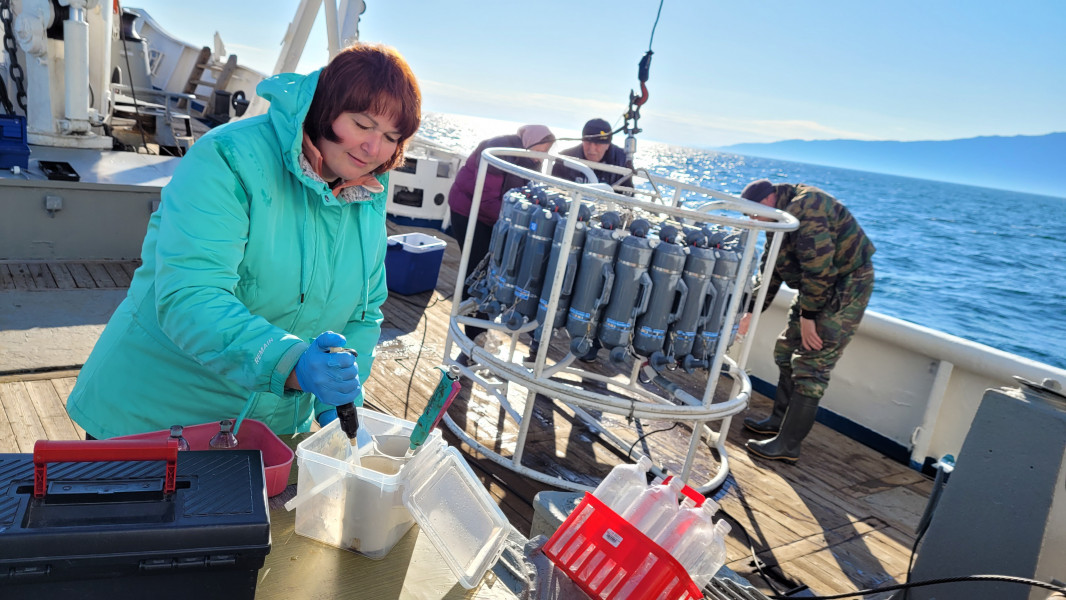
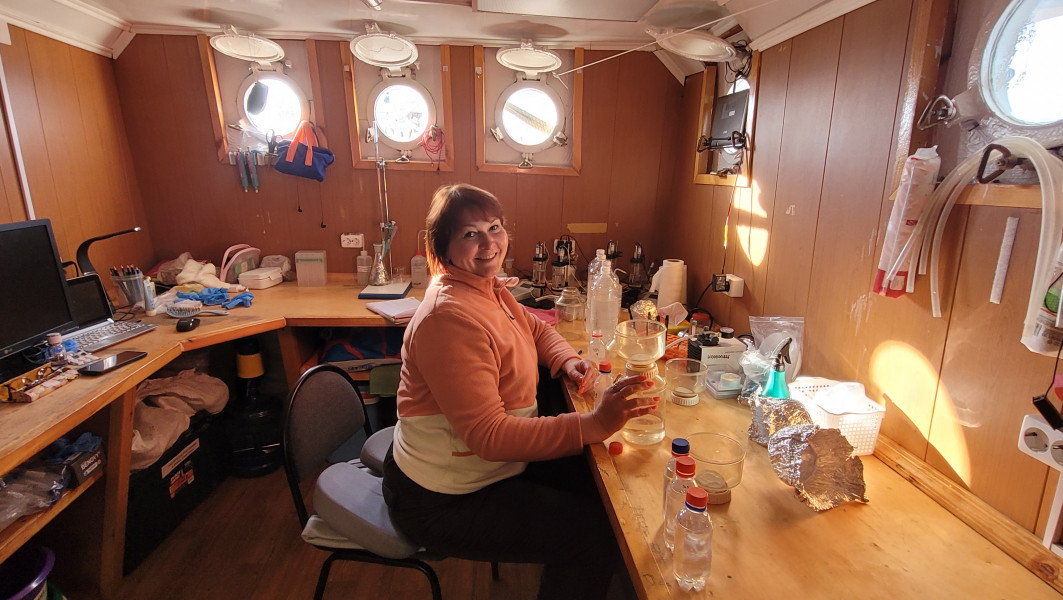

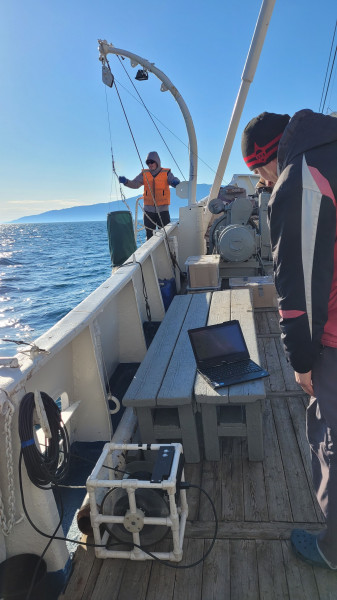
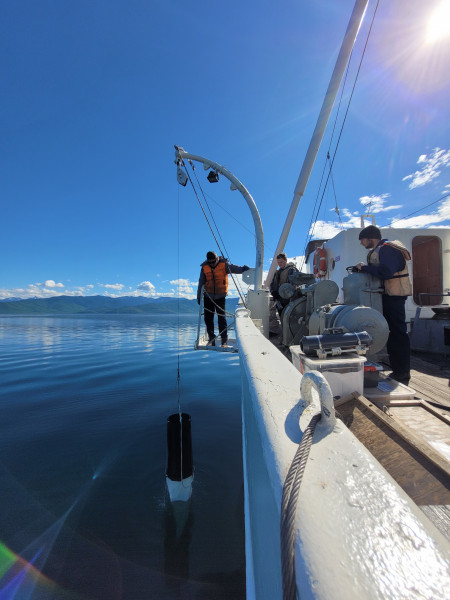

-2b1831124d.png)
